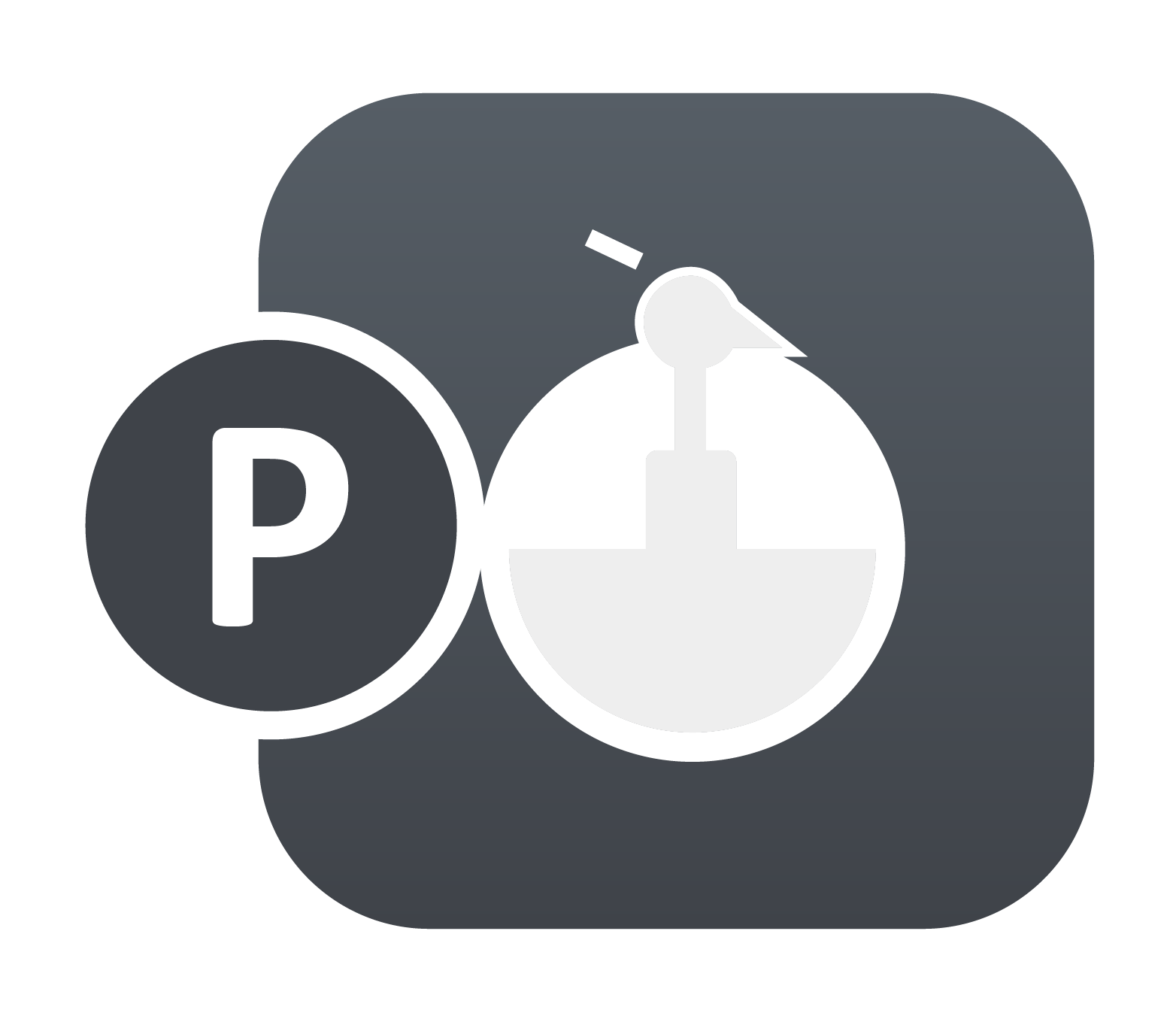True Total Strain to Effective Plastic Strain
While converting true-stress vs true-strain curve into effective stress vs effective plastic strain, the removal of elastic strains can be based on a constant or varying strain value. For relatively small hardening, both methods should yield identical plastic strains but significant hardening, using an instantaneous elastic strain as opposed to a constant elastic strain is…













